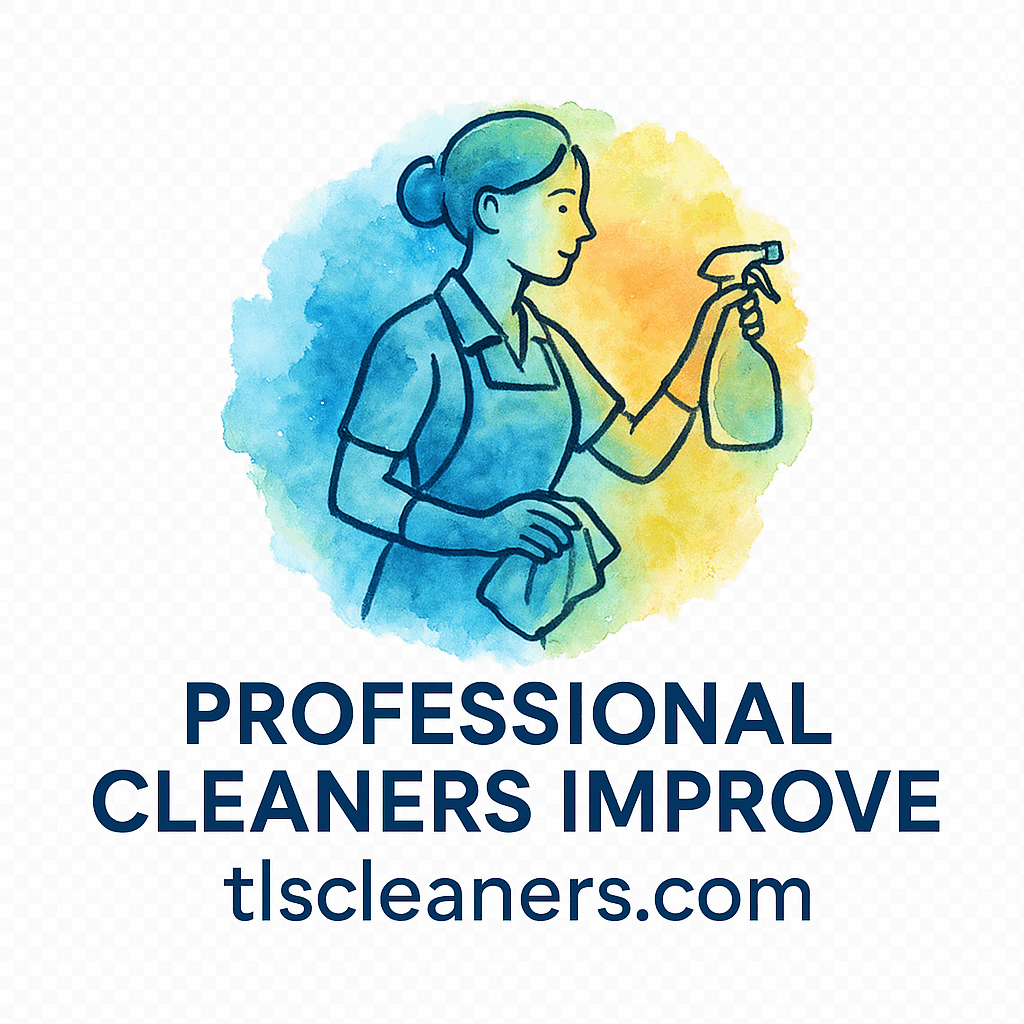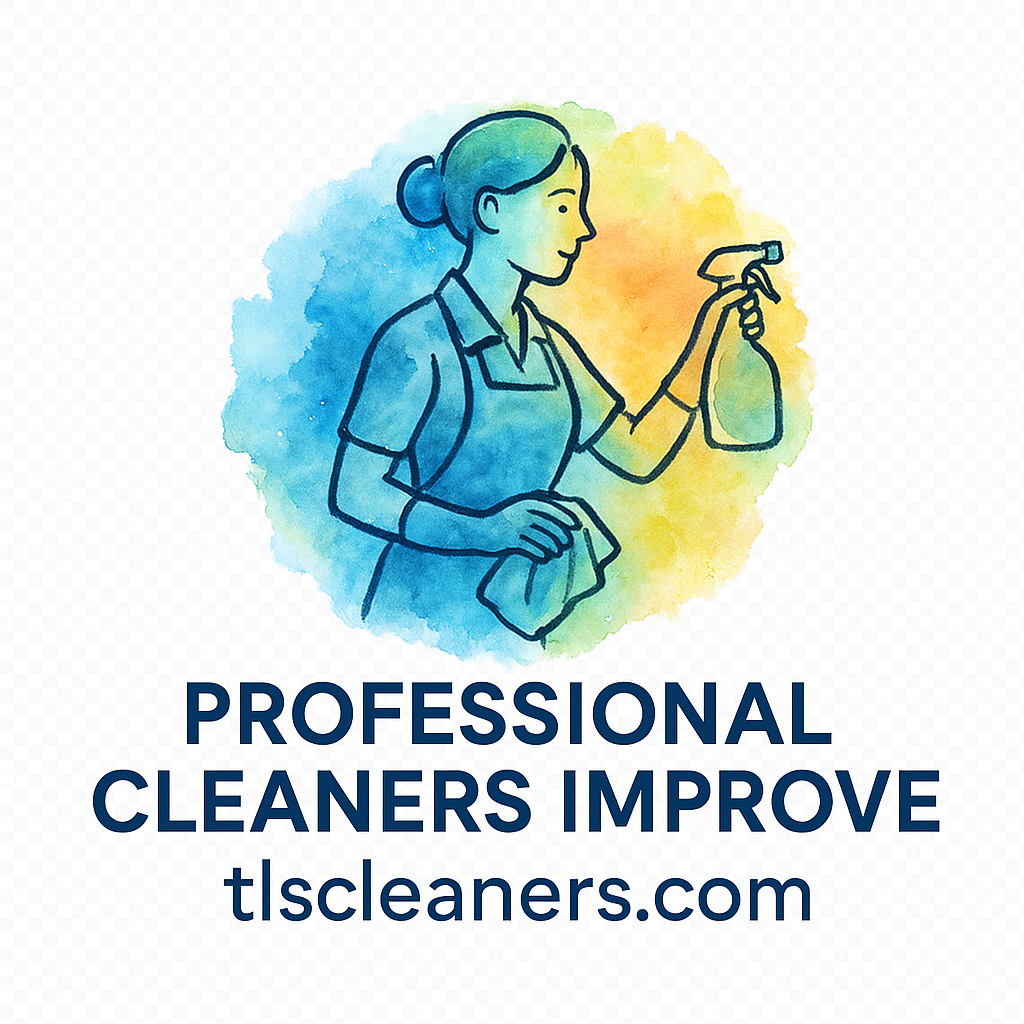Introduction: Why Health Regulation Compliance Matters in Cleaning
When you walk into a spotless office, restaurant, or hospital, it’s easy to overlook what’s happening behind the scenes. But ensuring compliance with health regulations isn’t just about looking clean — it’s about protecting lives, preserving reputations, and preventing costly penalties.
Professional cleaners play a vital role in maintaining safe environments. From using certified disinfectants to following government-approved cleaning protocols, their work directly impacts public health. Let’s explore the nine key ways cleaners ensure compliance and maintain health standards every single day.
Understanding Compliance with Health Regulations
What Does “Compliance with Health Regulations” Mean?
At its core, compliance with health regulations means meeting the required health, hygiene, and sanitation standards set by local, state, and federal authorities. These regulations vary depending on the industry — healthcare, hospitality, commercial spaces, and residential areas all have different benchmarks.
The Role of Professional Cleaners in Compliance
Professional cleaners bridge the gap between regulation and reality. They interpret these laws into actionable cleaning practices — ensuring businesses stay compliant while maintaining a clean, safe, and healthy environment.
Way 1: Proper Training and Certification of Cleaning Staff
Importance of Continuous Education
Cleaners who maintain compliance with health regulations are constantly trained. Regular workshops keep them updated on new cleaning technologies, disinfectant standards, and health safety measures. It’s not a one-time effort — it’s ongoing education that keeps standards high.
Meeting Local and Federal Standards
Certified cleaning companies align their training programs with government and industry-specific standards. Whether it’s OSHA, EPA, or CDC requirements, trained professionals ensure that every cleaning step meets official guidelines.
Way 2: Use of Approved Cleaning Agents and Disinfectants
Safe, Eco-Friendly Products for Compliance
Using the right cleaning agents is crucial for compliance with health regulations. Harsh or unapproved chemicals can cause harm or even violate regulations. Many professional cleaners now choose eco-friendly and non-toxic products, ensuring safety for both people and pets.
The Rise of Green Cleaning Practices
Companies like TLS Cleaners emphasize eco-friendly cleaning that meets all health standards while protecting the environment. Green cleaning not only satisfies compliance requirements but also supports sustainability goals — a win-win.
Way 3: Adherence to Cleaning Protocols and Checklists
Standard Operating Procedures (SOPs) for Safety
Compliance depends heavily on structure. Cleaners follow strict Standard Operating Procedures (SOPs) and detailed checklists to ensure every corner meets hygiene standards. From disinfecting touchpoints to handling biohazards, every action follows a proven process.
Documentation and Reporting Requirements
Every task — from disinfecting a restroom to cleaning medical equipment — must be documented. Accurate records are essential to prove compliance with health regulations, especially during audits or inspections.

Way 4: Personal Protective Equipment (PPE) and Worker Safety
Preventing Cross-Contamination
Cleaners are frontline defenders against germs. By using gloves, masks, gowns, and other PPE, they prevent cross-contamination between cleaning zones — a vital step for maintaining compliance with health regulations.
Ensuring Staff Health Compliance
Healthy workers mean safe environments. Cleaners undergo health screenings, vaccination checks, and safety training to ensure they’re not spreading contaminants while performing their duties.
Way 5: Regular Inspections and Quality Assurance
Internal Audits for Health Compliance
Routine inspections guarantee that cleaning teams consistently follow regulations. Supervisors check work quality, inspect equipment, and confirm adherence to safety standards.
Role of Supervisors and Managers
Managers act as compliance gatekeepers, ensuring every cleaner’s work meets established protocols. They review documentation, update training, and maintain accountability across the team.
Way 6: Waste Management and Disposal Practices
Handling Hazardous Materials Safely
From biohazard waste to everyday garbage, proper disposal methods are crucial for compliance with health regulations. Cleaners are trained to separate and handle waste correctly to prevent contamination and ensure safety.
Complying with Environmental Regulations
Compliance isn’t limited to hygiene — it extends to the planet. Cleaning services must adhere to environmental disposal laws that prevent chemical leaks, landfill overflow, and pollution.
Way 7: Record Keeping and Compliance Documentation
Importance of Transparent Reporting
In regulated industries like healthcare and food service, transparent documentation proves that cleaning standards are met consistently. Records include cleaning schedules, checklists, and sanitization logs — all proof of compliance with health regulations.
How Digital Systems Help Track Compliance
Modern cleaning companies use digital tools and apps to track cleaning activities in real time. These platforms generate reports that can be easily reviewed during health inspections or audits.
Way 8: Collaboration with Health Authorities and Clients
Building Trust Through Open Communication
Cleaners who maintain compliance often collaborate directly with clients and regulatory agencies. Open communication ensures everyone understands the requirements and expectations.
Case Studies of Successful Compliance
For instance, businesses that partner with TLS Cleaners benefit from ongoing support in audits, documentation, and process improvements — helping them maintain compliance year-round.
Way 9: Staying Updated with Evolving Health Standards
Adapting to New Regulations
Health regulations evolve with new discoveries and technologies. Professional cleaners keep up with these changes, ensuring their practices always align with current standards.
Continuous Improvement in Cleaning Operations
Top-tier cleaning services embrace continuous improvement — refining methods, upgrading tools, and adopting sustainable techniques to stay ahead of the compliance curve.
How TLS Cleaners Prioritize Compliance with Health Regulations
Integrating Eco-Friendly and Safe Practices
TLS Cleaners takes compliance with health regulations seriously, combining eco-consciousness with efficiency. They use certified non-toxic products, advanced disinfection technology, and rigorous safety procedures across all services.
Services That Ensure Health and Safety Compliance
Residential Cleaning
TLS ensures homes are safe, sanitized, and allergen-free — ideal for families, kids, and pets.
Commercial Cleaning
Offices and commercial spaces stay compliant with workplace safety standards, improving productivity and employee health.
Eco-Friendly Cleaning
Environmentally responsible products and methods meet both health and sustainability requirements.
Specialty Cleaning
Tailored services for healthcare facilities, events, and high-traffic environments ensure specific compliance needs are met.
You can also explore helpful guides on cleaning tips and DIY hacks to maintain daily hygiene standards that align with health regulations.
Conclusion: Cleaners as Frontline Health Guardians
Cleaners do far more than make places look nice — they are the unsung heroes ensuring compliance with health regulations in every environment. Their dedication, training, and precision protect communities from health hazards, reduce risks, and keep workplaces safe and thriving.
Whether it’s through eco-friendly cleaning, PPE usage, or constant education, professional cleaners play a crucial role in maintaining a healthier world. Partnering with trusted experts like TLS Cleaners ensures that your space doesn’t just sparkle — it stays compliant and safe for everyone.
FAQs
1. What does compliance with health regulations mean in cleaning?
It means following local and federal rules that define hygiene, safety, and sanitation standards for cleaning operations.
2. How do cleaning companies maintain compliance standards?
They train staff, use approved cleaning agents, follow documented protocols, and keep transparent records for audits.
3. Why is documentation important for compliance?
Records prove that cleaning procedures meet official standards — vital during inspections or audits.
4. How can eco-friendly cleaning help meet health regulations?
Green cleaning uses non-toxic, approved products that are safe for people and the environment while meeting regulatory criteria.
5. What are the penalties for non-compliance?
Fines, business shutdowns, and legal action can occur if a company fails to meet health regulation standards.
6. How does TLS Cleaners ensure ongoing compliance?
Through certified staff training, eco-friendly products, and constant monitoring of evolving health laws.
7. What should businesses look for in a compliant cleaning service?
Check for certifications, transparent reporting, safety protocols, and proven experience in compliance with health regulations.

